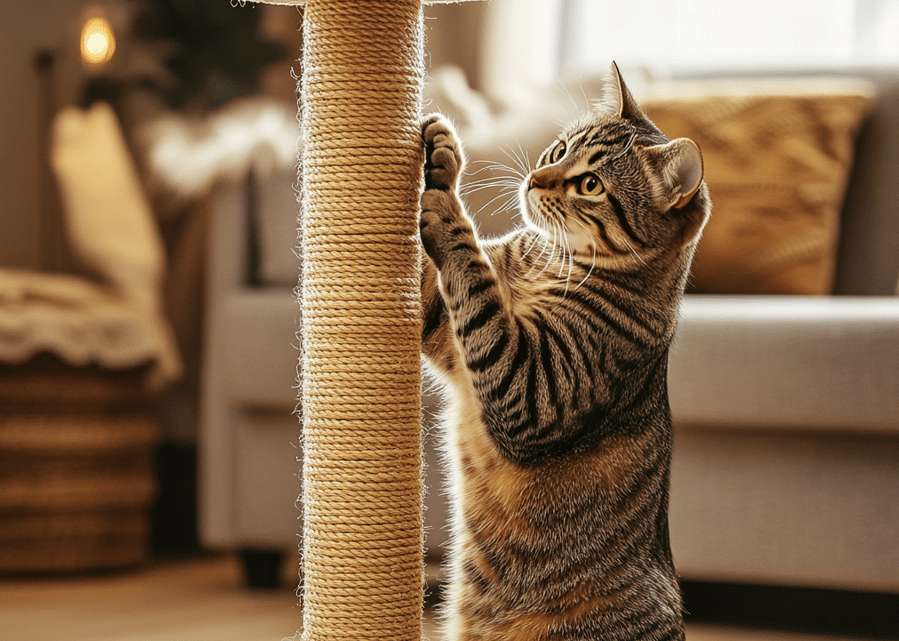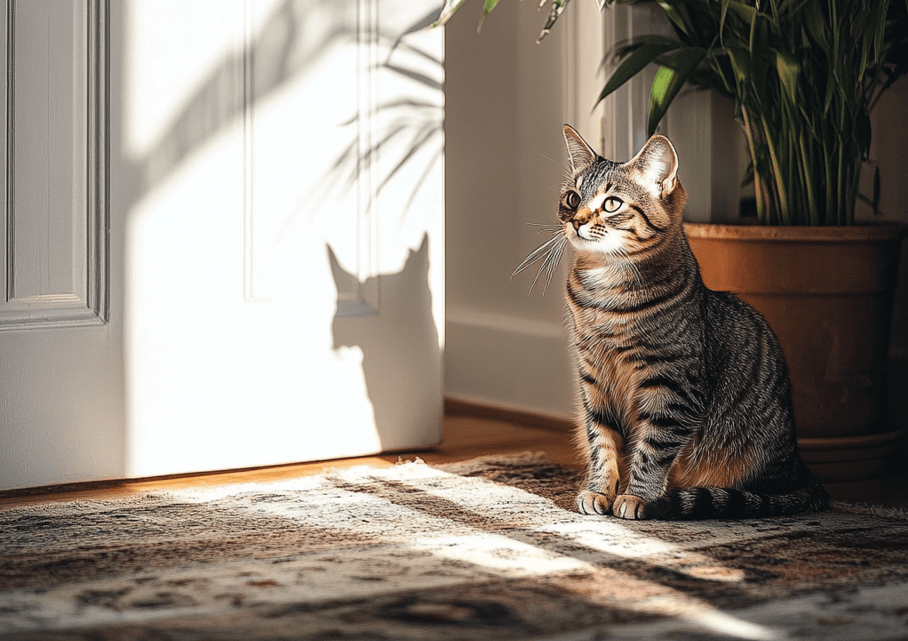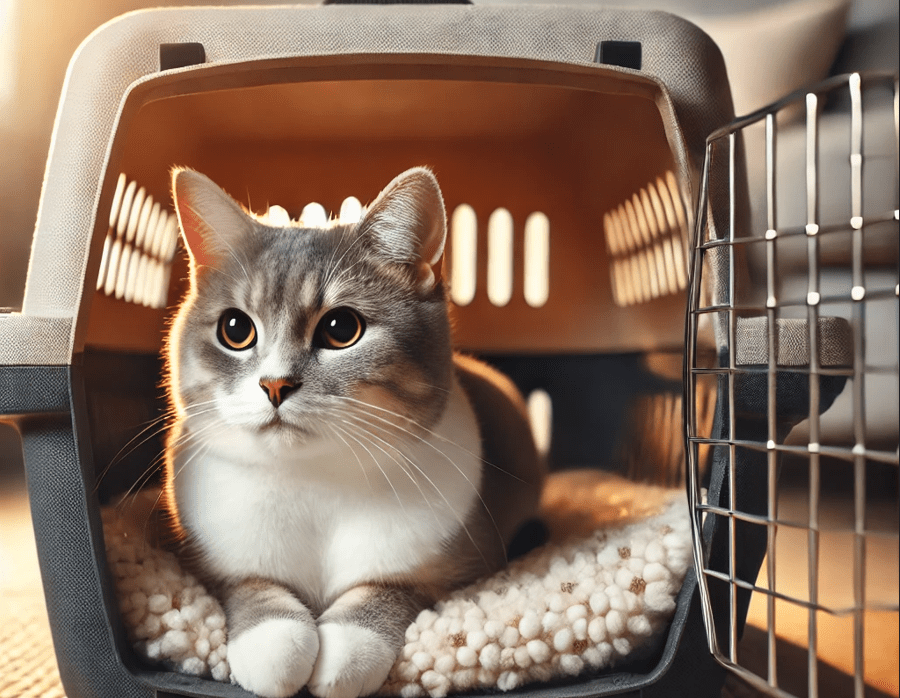
Every cat owner knows the heart-stopping moment when their feline friend darts toward an open door, ready to bolt outside into the unknown. Whether you live in a busy urban area or a quiet suburb, the dangers of an outdoor escape—traffic, predators, or simply getting lost—are real. If you’ve been wondering how to stop a cat from running out the door, you’re not alone. This common feline behavior can be managed with patience, training, and the right strategies.
In this comprehensive guide, we’ll explore ten proven methods to keep your curious cat safely indoors. From environmental adjustments to behavioral training, these solutions are backed by expert advice and real-world success stories. By the end, you’ll have a clear action plan to prevent escapes and ensure your cat’s safety without stifling their natural curiosity.
Here’s what we’ll cover:
The biological reasons behind your cat’s escape attempts and how to address them
Secure entryway techniques to prevent door-dashing during comings and goings
Positive reinforcement training methods to teach your cat to stay away from exits
Clever deterrents that use textures, scents, and technology to discourage door-dashing
Indoor enrichment ideas that satisfy your cat’s curiosity and reduce wanderlust
Why spaying/neutering is one of the most effective long-term solutions
Physical barrier solutions like cat-proof screens and vestibules for high-risk homes
Emergency recall training that could save your cat’s life if they do escape
Visitor management protocols to prevent accidental escapes by guests or workers
GPS tracking technology as your last line of defense for outdoor adventures
Each strategy builds upon the others, creating a complete system to keep your feline friend safe and content indoors. Whether you’re dealing with a determined escape artist or just want to prevent future attempts, you’ll find actionable solutions tailored to your cat’s personality and your home’s unique challenges.
1.Understand Why Your Cat Wants to Escape

Before implementing solutions, it’s essential to recognize why your cat is drawn to the outdoors. Some cats are naturally more adventurous, while others may feel bored or understimulated indoors. Unspayed or unneutered cats often try to escape due to mating instincts. Identifying the root cause helps tailor the right approach.
If your cat has previously been an outdoor pet, they might miss the sights, sounds, and smells of the outside world. In such cases, providing indoor enrichment—such as window perches, interactive toys, and cat trees—can reduce their desire to bolt.
2.Establish a Secure Entryway Routine
One of the simplest ways to stop a cat from running out the door is to create a controlled entry and exit routine. Teach everyone in the household to open doors cautiously, checking for nearby cats before stepping in or out. Consider installing a baby gate in high-traffic areas to act as a secondary barrier.

For added security, designate a “cat-free zone” near the door where your feline isn’t allowed to linger. Over time, your cat will learn that doorways are off-limits unless supervised.
3.Train Your Cat with Positive Reinforcement
Training a cat to stay away from doors requires patience and consistency. Start by rewarding your cat with treats or praise when they remain calm near an open door. If they attempt to run, use a firm but gentle command like “Stay” or “Back” and guide them away.

Clicker training can also be effective—associating the sound of a clicker with rewards reinforces good behavior. Over time, your cat will associate staying indoors with positive experiences rather than feeling restricted.
4.Use Deterrents Near Exit Points
Cats dislike certain textures and smells, which can be used to your advantage. Placing double-sided tape, aluminum foil, or rubber mats near the door may discourage your cat from approaching. Some pet owners also use citrus-scented sprays, as most cats find the smell unpleasant.
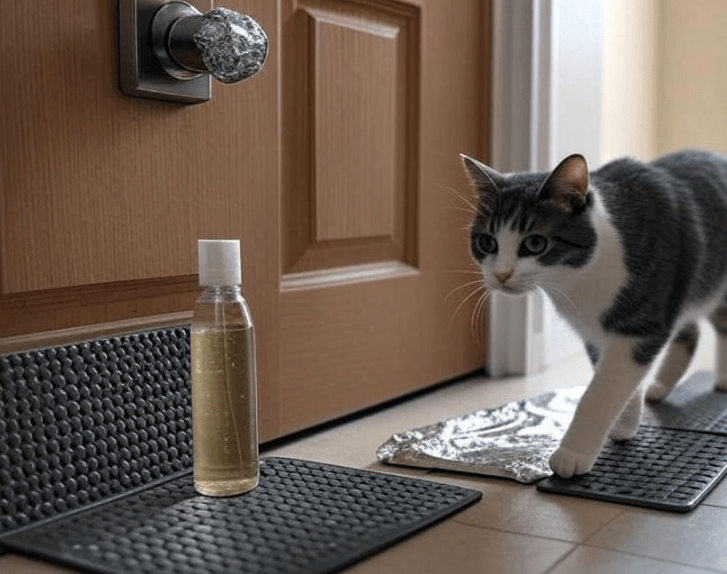
For tech-savvy solutions, motion-activated devices like compressed air deterrents can startle your cat without harm, teaching them to avoid doorways.
5.Provide Indoor Enrichment to Curb Boredom

A bored cat is far more likely to seek excitement outdoors, leading to potential dangers like traffic, predators, or getting lost. To keep your feline companion mentally and physically stimulated, invest in puzzle feeders that challenge their hunting instincts, climbing structures like cat trees or shelves to satisfy their natural desire to perch, and interactive toys such as wand teasers or automated lasers. Rotating toys weekly prevents them from losing interest, and installing window perches or bird feeders outside the glass allows for safe, engaging bird-watching sessions. For cats that crave the outdoors, leash training can be an excellent compromise—supervised outdoor walks provide fresh air and exploration while keeping them safe from uncontrolled risks.
6.Spay or Neuter Your Cat

Unfixed cats have strong hormonal drives to roam, particularly during mating seasons, increasing the likelihood of escape attempts. Spaying or neutering significantly reduces this instinctual urge, making them more content indoors. Beyond curbing wandering, this procedure offers long-term health benefits, including a reduced risk of reproductive cancers and infections. It also helps control the stray cat population, contributing to community welfare. If your cat hasn’t been altered yet, scheduling this surgery with your veterinarian is one of the most effective ways to promote their safety and well-being.
7.Install a Cat-Proof Screen or Vestibule
Homes with frequent door activity—whether from family members, guests, or deliveries—pose a high escape risk for curious cats. Installing a sturdy cat-proof screen door or a small vestibule (an enclosed entryway barrier) adds an extra layer of security. This setup creates a buffer zone, allowing you to close the main door behind you before your cat can dart outside. Mesh screens should be reinforced to withstand scratching, and self-closing mechanisms can further prevent accidental escapes. For renters or those unable to modify doors, a tall pet gate in the entryway can serve as a temporary alternative.
8.Teach a “Recall” Command

Training your cat to come when called can be a lifesaver in emergencies. Start indoors in a quiet, distraction-free environment, using high-value treats like tuna, chicken, or freeze-dried liver to reward them for responding to their name or a cue like “Come!” Gradually increase the difficulty by practicing near doors or in busier areas of the house. Consistency and patience are key—never scold your cat if they ignore the command, as this can create negative associations. If your cat ever slips outside, a well-established recall command can significantly improve the chances of a swift and safe return.
9.Supervise Visitors and Delivery Personnel
Even the most cautious pet owners can’t always control the actions of guests or service workers. Delivery personnel, repair technicians, or friends may unintentionally leave doors ajar, giving your cat an opportunity to escape. To mitigate this risk, place a visible sign near the entrance reminding visitors to close the door securely. For high-traffic periods, such as parties or moving days, confine your cat to a separate room with food, water, and a litter box. Informing frequent visitors about your cat’s escape tendencies can also help prevent accidents.
10.Consider a GPS Tracker for Peace of Mind
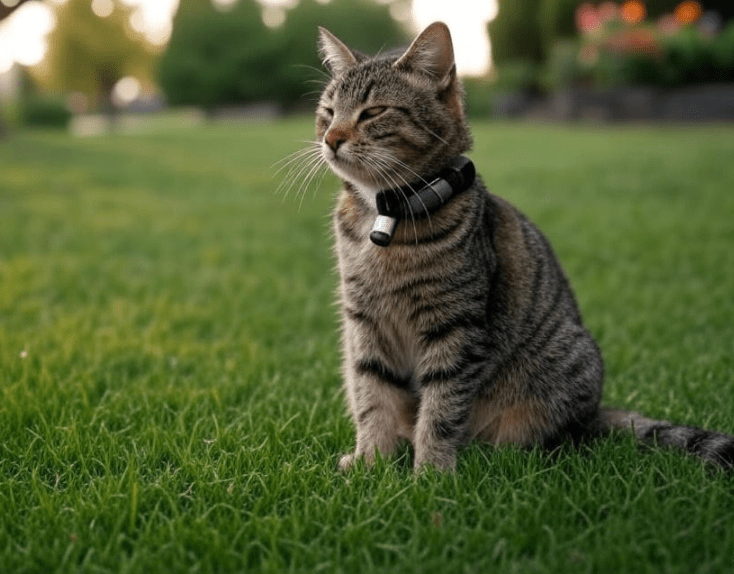
Despite all precautions, determined or startled cats may still find a way outside. A lightweight GPS tracker attached to a breakaway collar (such as Tile, Whistle, or Apple AirTag) provides real-time location updates if your cat goes missing. These devices are especially useful for cats with a history of escaping or those living in areas with high risks like busy roads or wildlife. Regularly check the tracker’s battery life and ensure the collar fits snugly without restricting movement. While prevention is ideal, a GPS tracker offers invaluable reassurance, reducing search time and stress if the unexpected occurs.
Final Thoughts

Learning how to stop a cat from running out the door requires a mix of training, environmental adjustments, and patience. By understanding your cat’s motivations and applying these strategies consistently, you can create a safe and stimulating home where they’re content to stay indoors.
Every cat is unique, so experiment with different methods to find what works best. With time and effort, you’ll minimize escape attempts and enjoy peace of mind knowing your feline friend is protected.

